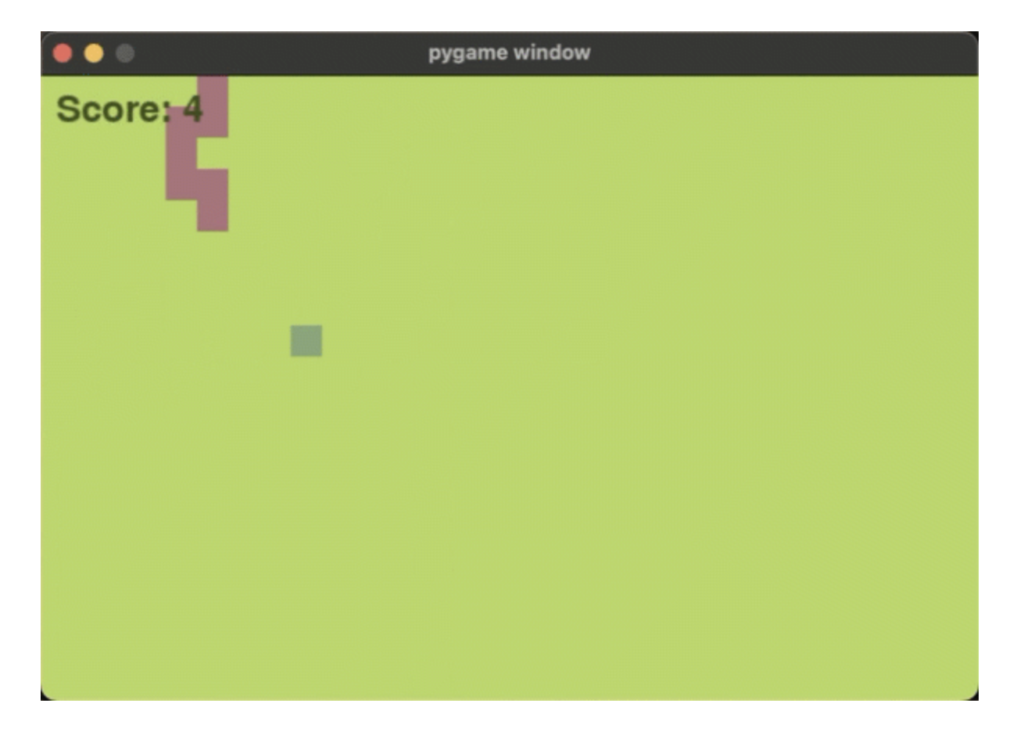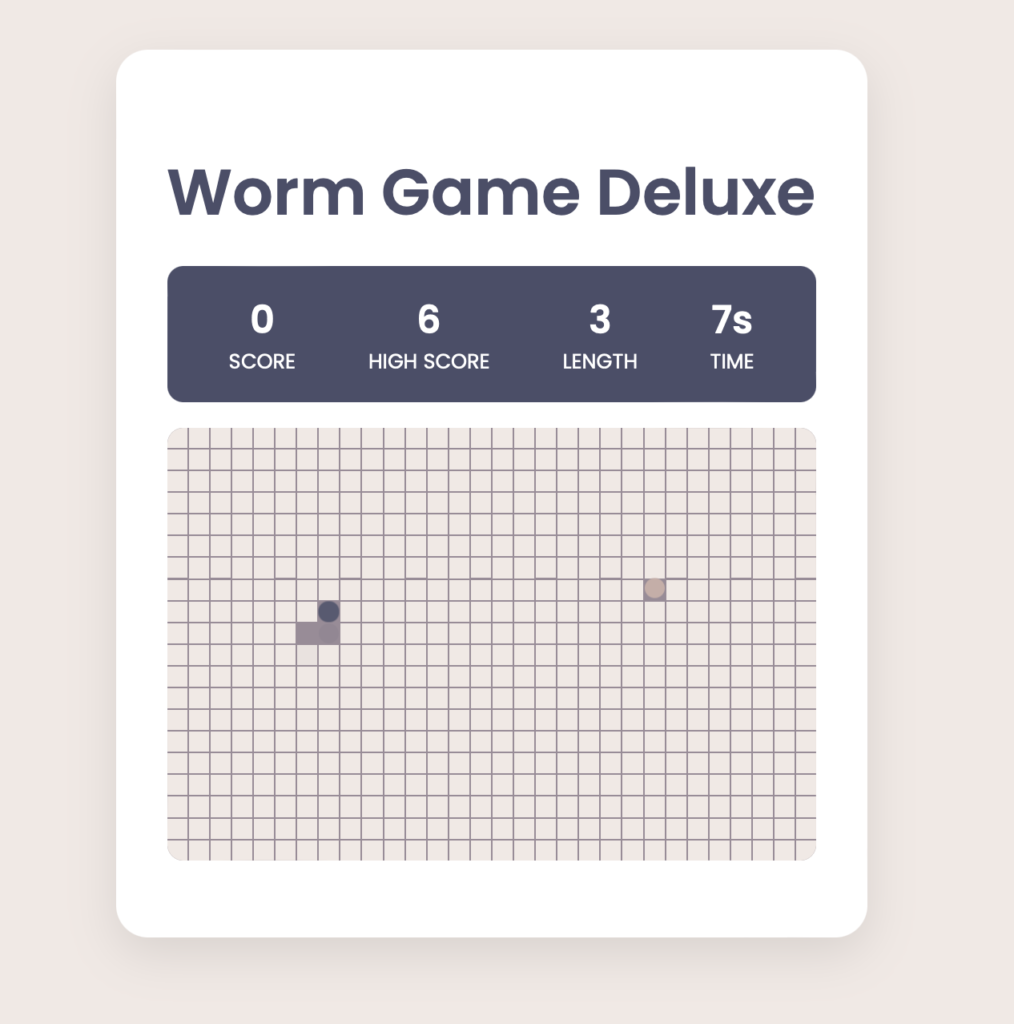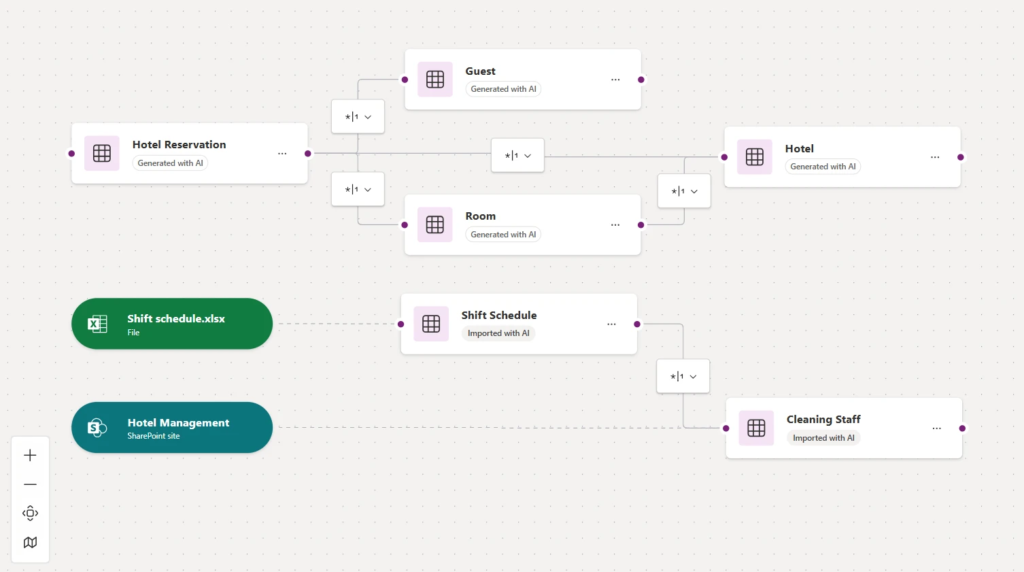Remember a few months back when I shared the story of “FeedShyWorm,” our little game that showcased the power of human-AI collaboration?
Link here: “FeedShyWorm”: A Human-AI Collaboration Case Study – kodyw.com
Well, buckle up, because we’re about to take a wild ride through the rapid evolution of not just a game, but the very landscape of AI-assisted development.

Now we improved it to this version:

https://codepen.io/wildfeuer/full/oNRrQXE
Based on this twitter post I wanted to try out how good the new Claude Sonnet 3.5 model and how it could improve my very basic game that I created last time with AI.
The Quantum Leap: From Python to Web
It’s been just a few months since our initial creation, but FeedShyWorm has undergone a transformation that would have seemed like science fiction not long ago. The most significant change? We’ve ported the entire game from Python to a web application using HTML, CSS, and JavaScript. This isn’t just a technical upgrade – it’s a leap into accessibility, allowing anyone with a web browser to join in on the fun.
Key improvements include:
- Responsive Design: Play on your desktop or your phone – the game adapts to you.
- Enhanced Visuals: A sleek, modern interface that’s easy on the eyes.
- Dual Control System: Use arrow keys or mouse movements – your game, your choice.
But here’s where it gets really interesting. These changes weren’t just dreamed up by yours truly. They were the result of a dynamic collaboration with Claude 3.5 Sonnet, our AI partner in crime. The time from beginning to pasting the original code, improving it, and then writing this full blog post took me about an hour and a half.
AI: From Assistant to Co-Creator In our initial collaboration, AI served as a coding assistant and idea generator. Now, with Claude 3.5 Sonnet, it’s become more of a co-creator. It didn’t just help with the coding; it suggested game mechanics that I hadn’t even considered.
For instance:
- Center Reset for Food: A simple change that adds a new layer of strategy.
- Refined Collision Detection: Making the game more challenging as the worm grows.
- New Game Over Conditions: Three consecutive self-collisions when the worm is longer than 5? Game over, buddy.
These aren’t just tweaks; they’re fundamental changes to the gameplay that make FeedShyWorm 2.0 a wholly new experience.
The Human Touch in a Sea of Algorithms Now, you might be wondering: with AI this advanced, where does the human fit in? Let me tell you, we’re more important than ever. While Claude 3.5 Sonnet can generate complex algorithms and suggest innovative features, it’s still up to us humans to decide what makes the game fun, engaging, and meaningful.
I found myself in a new role – less of a coder and more of a curator. My job was to sift through the AI’s suggestions, picking out the gems that would enhance the player’s experience without overwhelming them. It’s a delicate balance, and one that I believe only a human can truly judge.
Lessons from the Digital Time Capsule This project taught me several valuable lessons:
- Old code isn’t just a relic; it’s a learning opportunity. Revisiting FeedShyWorm with fresh eyes (and AI assistance) was incredibly educational.
- AI isn’t here to replace creativity; it’s here to amplify it. Claude 3.5 Sonnet didn’t do the work for me – it empowered me to do better work.
- The pace of technological advancement is staggering. Features that would have been cutting-edge when we first created FeedShyWorm are now considered basic expectations.
The Bigger Picture
As I sit here, looking at the before-and-after versions of FeedShyWorm, I can’t help but ponder the implications for the broader world of software development. How many brilliant ideas are lying dormant in repositories and hard drives around the world, just waiting for a bit of AI-powered polish to shine?
This experience has inspired me to start a new project: “Code Revival.” The idea is to create a platform where developers can submit their old, abandoned projects for AI-assisted renovation. Imagine the innovations we could unearth, the lessons we could learn, and the progress we could make by giving new life to old code.
Conclusion: The Future is Built on the Past
In the fast-paced world of tech, we’re often focused on the next big thing, always looking forward. But this journey has reminded me of the value of looking back. Our old code, our past projects – they’re not just relics. They’re the foundation upon which we build the future.
FeedShyWorm 2.0 is more than just an updated game – it’s a testament to the rapid progress we can make when leveraging AI in creative projects. It’s a small but significant step in understanding how we can harness AI to augment human creativity and technical skills in game development and beyond.
So, I encourage you all: dust off those old projects. Feed them to an AI. See what emerges. You might just find that your past self-had some pretty great ideas – ideas that, with a little help from our AI friends, could change the future.
Until next time, keep coding, keep playing, and keep pushing the boundaries of what’s possible. The future is here, it’s learning fast, and it’s waiting for you to join the game.


